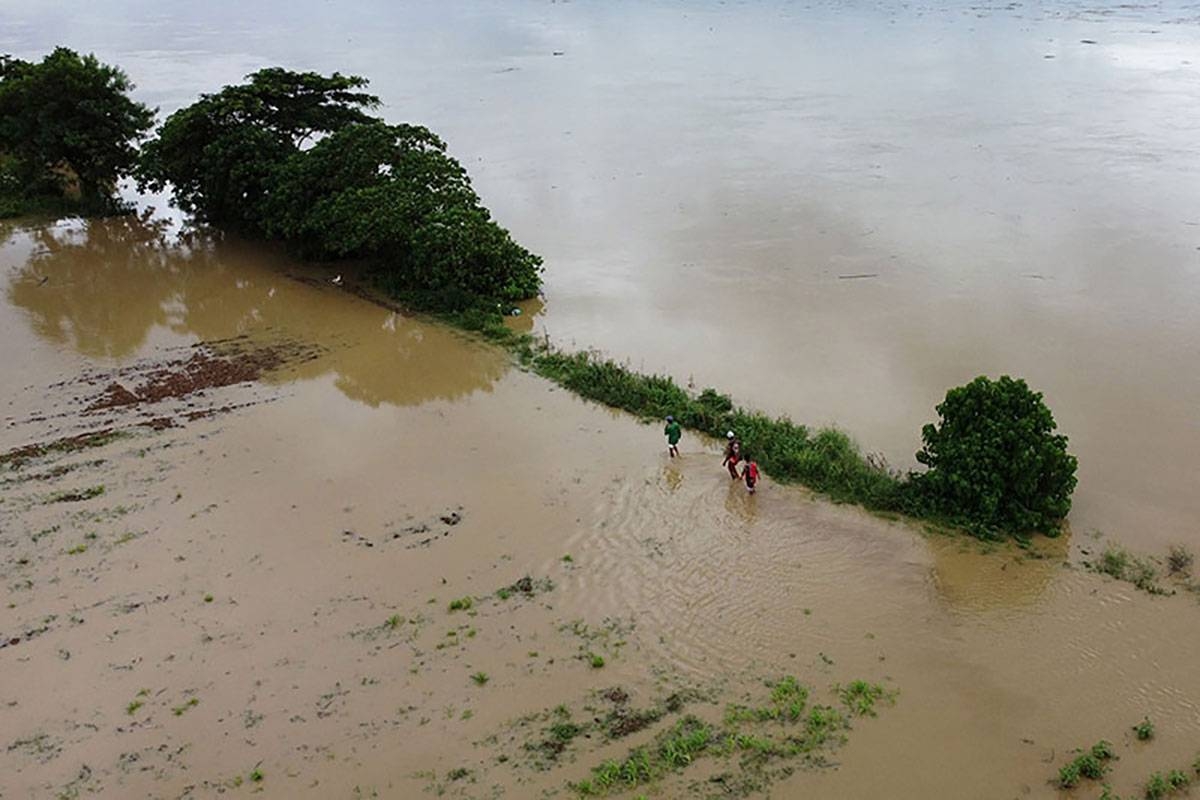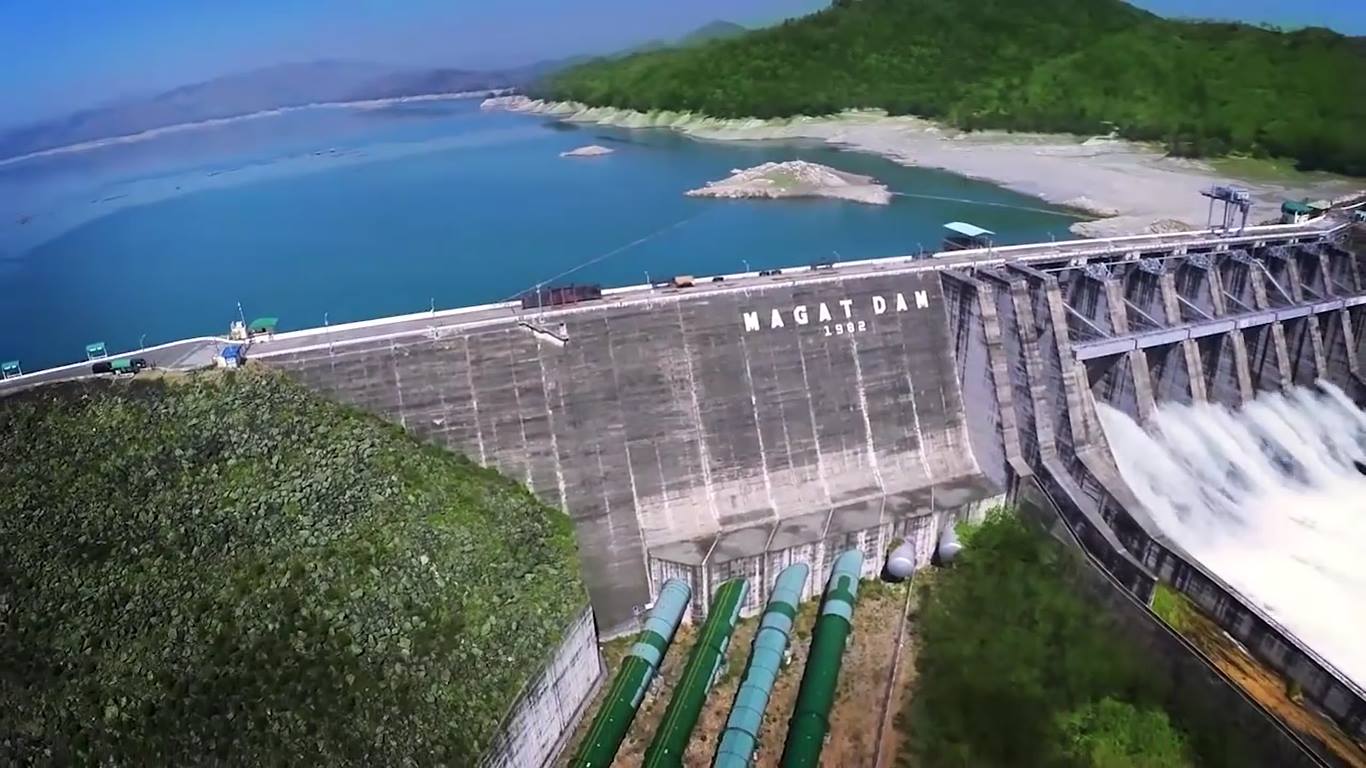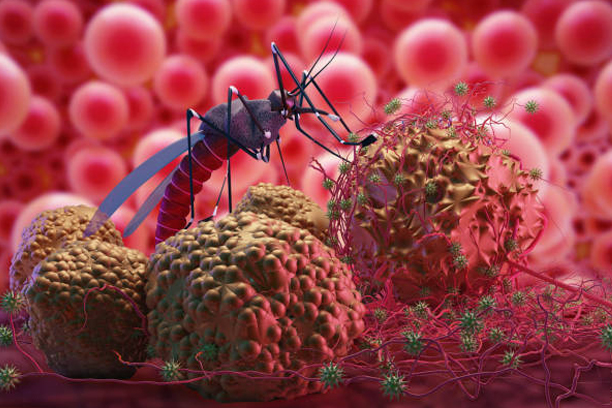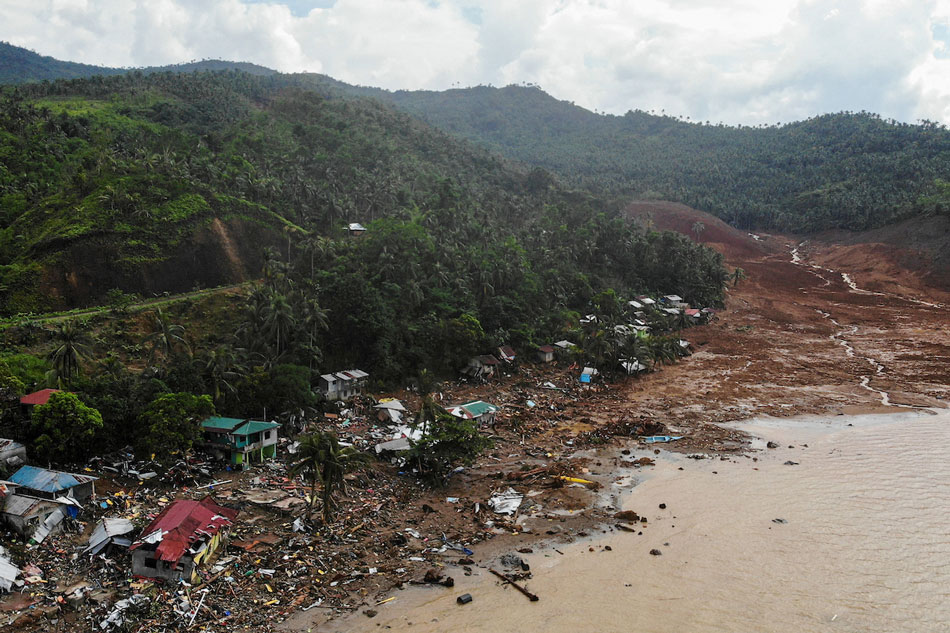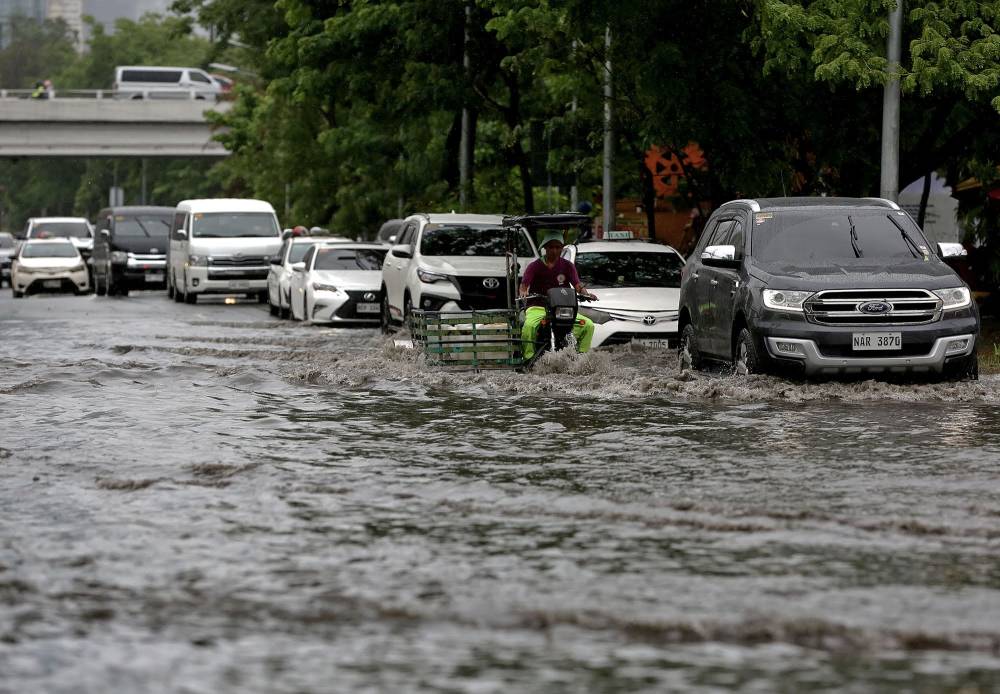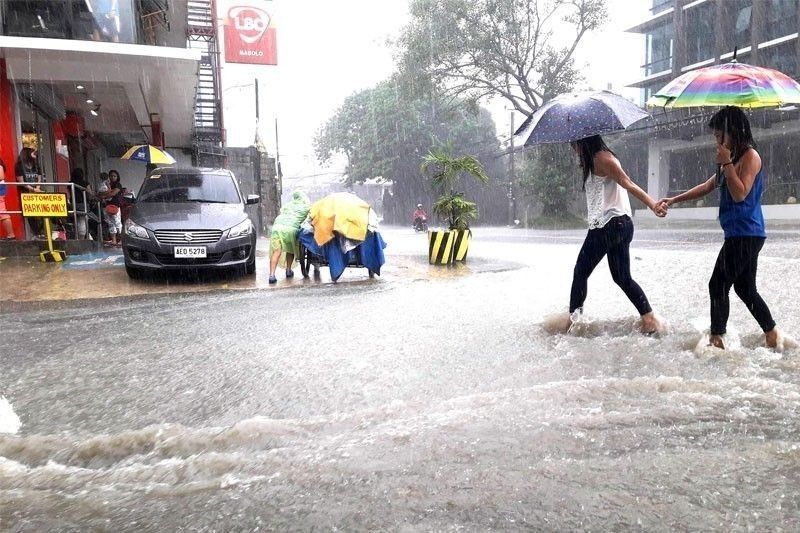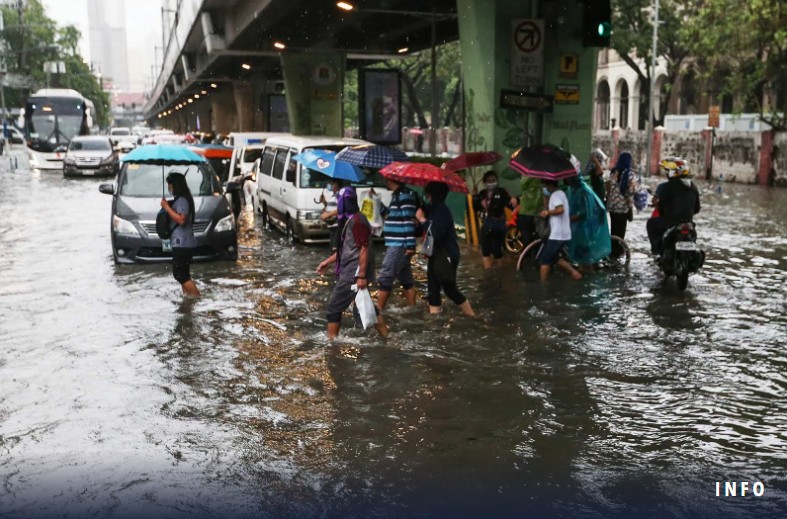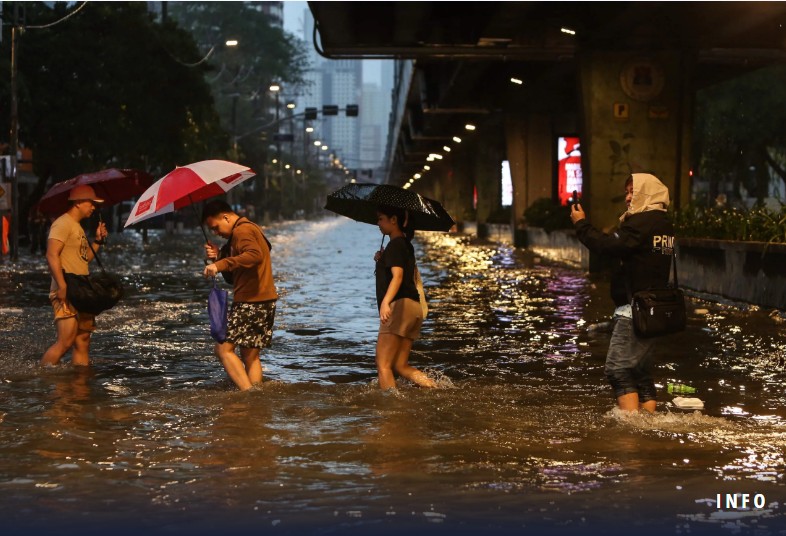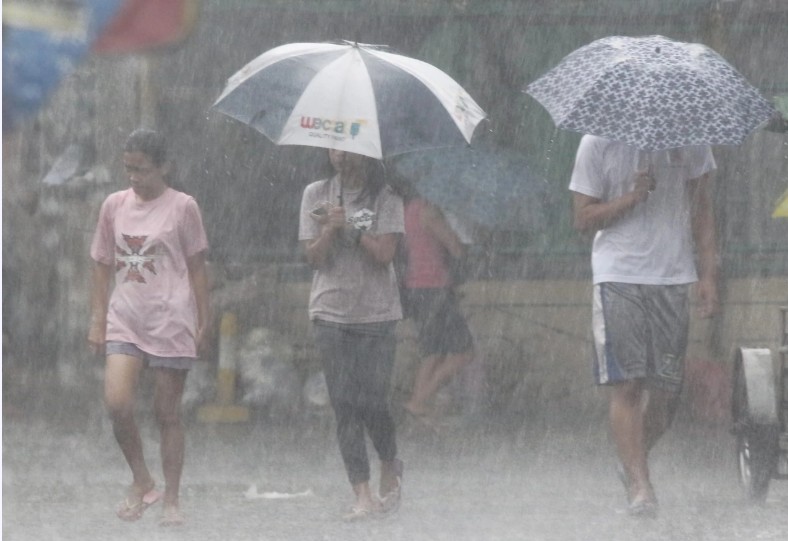LA NIÑA
La Niña is the cold phase of ENSO. It can last from one to three years and occurs every three to four years.
More InformationHOW TO IDENTIFY LA NIñA:
1. The climate is colder than usual – 0.5°C or lower.
2. Strong winds coming from the west.
3. More cloud formations over the Philippines, leading to increased rainfall.
La Niña is accompanied by changes in sea surface temperature in the central and eastern Pacific, particularly near the equator.
More InformationEFFECTS OF LA NIñA BY SECTOR:
AGRICULTURE
Flooding in lowland farms.
WATER RESOURCES
River flooding.
Dam overflow.
HUMAN HEALTH
Increase in diseases such as cholera, leptospirosis, and schistosomiasis (a parasitic disease caused by worms) in flood-affected areas.
ENVIRONMENT
Coastal erosion due to large and strong waves.
URBAN AREAS
Economic losses due to traffic congestion, suspension of work, and class cancellations caused by flooding.
RELATED NEWS
FACTS ABOUT LA NIñA
01
La Niña has a significant impact on global climate, affecting rainfall, temperature, and cyclone activity.
02
During La Niña, there is a higher chance of increased hurricane activity in the Atlantic due to favorable conditions for storm formation.
03
It strengthens the jet stream, especially in the Northern Hemisphere, which may lead to a colder winter in parts of North America.
04
La Niña typically lasts for nine to twelve months, but in some cases, it can persist longer.
05
La Niña can lower global temperatures, as changes in the Pacific Ocean influence atmospheric patterns worldwide.
06
La Niña often follows El Niño, contributing to a natural climate cycle that significantly impacts weather patterns worldwide.
PREPARING FOR LA NIÑA
01 Assess the flood risk in your area and stay updated with advisories from PAGASA, DRRMO, and LGU.
Pay attention to advisories to determine if your area is at risk. Continuous monitoring of news updates is essential to prepare ahead of any potential danger.
02 Stock up on food and water supplies that can last at least two days or more.
Ensure you have enough drinking water, food, a flashlight, a battery-powered radio, extra batteries, and other emergency supplies in case of floods or landslides.
03 Cooperate with your LGU in preparing for the effects of La Niña.
Follow the guidance of local authorities regarding potential floods and landslides. If evacuation is necessary, adhere to the designated evacuation routes.
04 Clear obstructions and debris from waterways, such as canals and rivers.
Keeping drainage systems free of blockages is crucial to preventing floods in the community.
05 Prepare storage facilities for harvested crops such as rice, corn, and others.
Ensure that crops are stored in sturdy and elevated storage areas to prevent damage in case of sudden flooding.
06 Get crop insurance and stay updated with advisories from Local Agriculture Officials.
Crop insurance can help farmers mitigate financial losses if their crops are damaged.
07 Always have an emergency disaster kit ready.
Ensure you have a supply of food, water, a flashlight, a battery-powered radio, medicines, and other essentials for emergencies.
